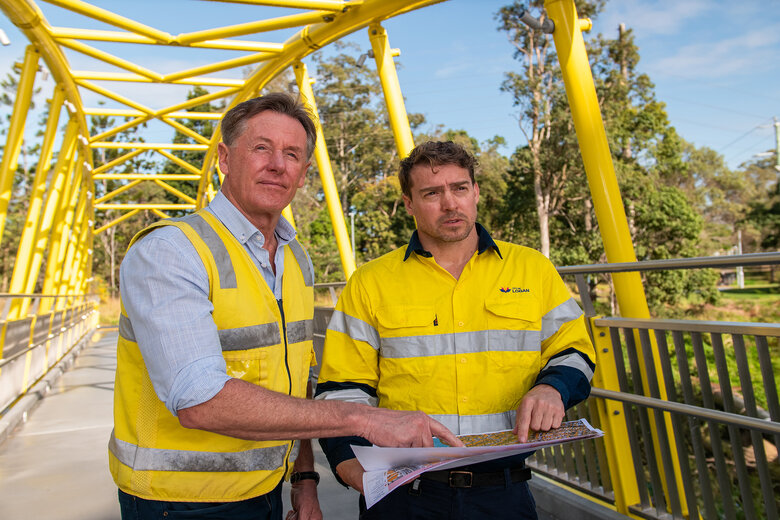
Logan City Council in Queensland’s flood-prone south-east has completed new risk-based flood mapping and updated its community disaster dashboard as it heads into the bushfire and wet seasons.
The new flood map identifies the City’s full floodplain for the first time, as part of a new planning scheme designed to help the rapidly growing city develop in a sustainable way.
Logan’s natural environment includes two major rivers, the Logan and the Albert, and
approximately 50 creek catchments. More than 280 homes were inundated by riverine flooding last February and March, and recovery, led by Logan City Council, is still ongoing.
Council says it used the latest data and worked with industry consultants on the new mapping, which forms part of the Logan Plan 2025 (LP25).
Colour-coded risk areas
The mapping identifies four colour-coded areas of flood risk, from high to very low.
The new mapping won’t require existing buildings or infrastructure to be removed, and won’t prevent property owners from buying or selling.
However, the new planning scheme does specify the type of development permitted within each area of risk.
Mayor Darren Power says risk-based mapping will help residents and businesses be better prepared for floods.
“Flooding has occurred in the Logan area for generations and unfortunately, we know it will occur again,” Cr Power said.
“As our weather becomes more extreme, it is even more important to understand where and how flood waters could impact our communities.
“The new flood mapping identifies the City of Logan’s full floodplain for the first time, which will improve our understanding of flood risk and allow us to plan the development of our growing city in the most appropriate areas.”
The Queensland government planning policy requires all local governments to identify and map flood risks and consider the impact of climate change. It also requires that local governments update their planning scheme every 10 years.
The first draft of LP25 has been sent to the state government for mandatory review ahead of a community consultation process likely to begin next year.
The scheme is set to come into force in late 2025.
Logan City Council’s flood study program was recognised as a best-practice approach in the Queensland Government’s draft ShapingSEQ 2023 Update, which will guide the future growth of SEQ across the 12 local government areas of Brisbane, Gold Coast, Ipswich, Lockyer Valley, Logan, Moreton Bay, Noosa, Redland, Scenic Rim, Somerset, Sunshine Coast and Toowoomba.

User-friendly communication tools
Meanwhile, the city has also recently completed a redesign of its disaster dashboard, incorporating feedback from the community.
The tool was created to help residents and businesses access real time information about floods, bushfires and other emergency events.
The new-look dashboard has been overhauled to be more user-friendly, Cr Power says.
“This new-look Disaster Dashboard helps residents and businesses access the information they want, when they want it,” he said.
“August is traditionally the start of bushfire season, so we are working closely with Queensland Fire and Emergency Services to help our community think about things like ‘would you leave or stay if a bushfire was nearby?” he said.
“We then head into the summer wet season when storms and floods are a possibility.
“However, the Dashboard is a resource that can be used year-round.”
Comment below to have your say on this story.
If you have a news story or tip-off, get in touch at editorial@governmentnews.com.au.
Sign up to the Government News newsletter